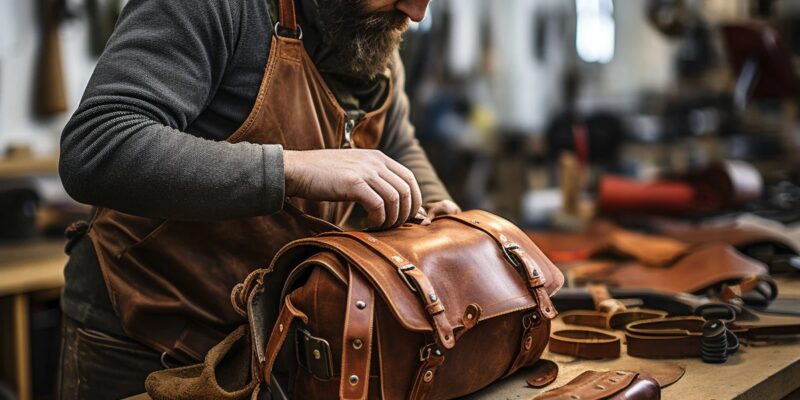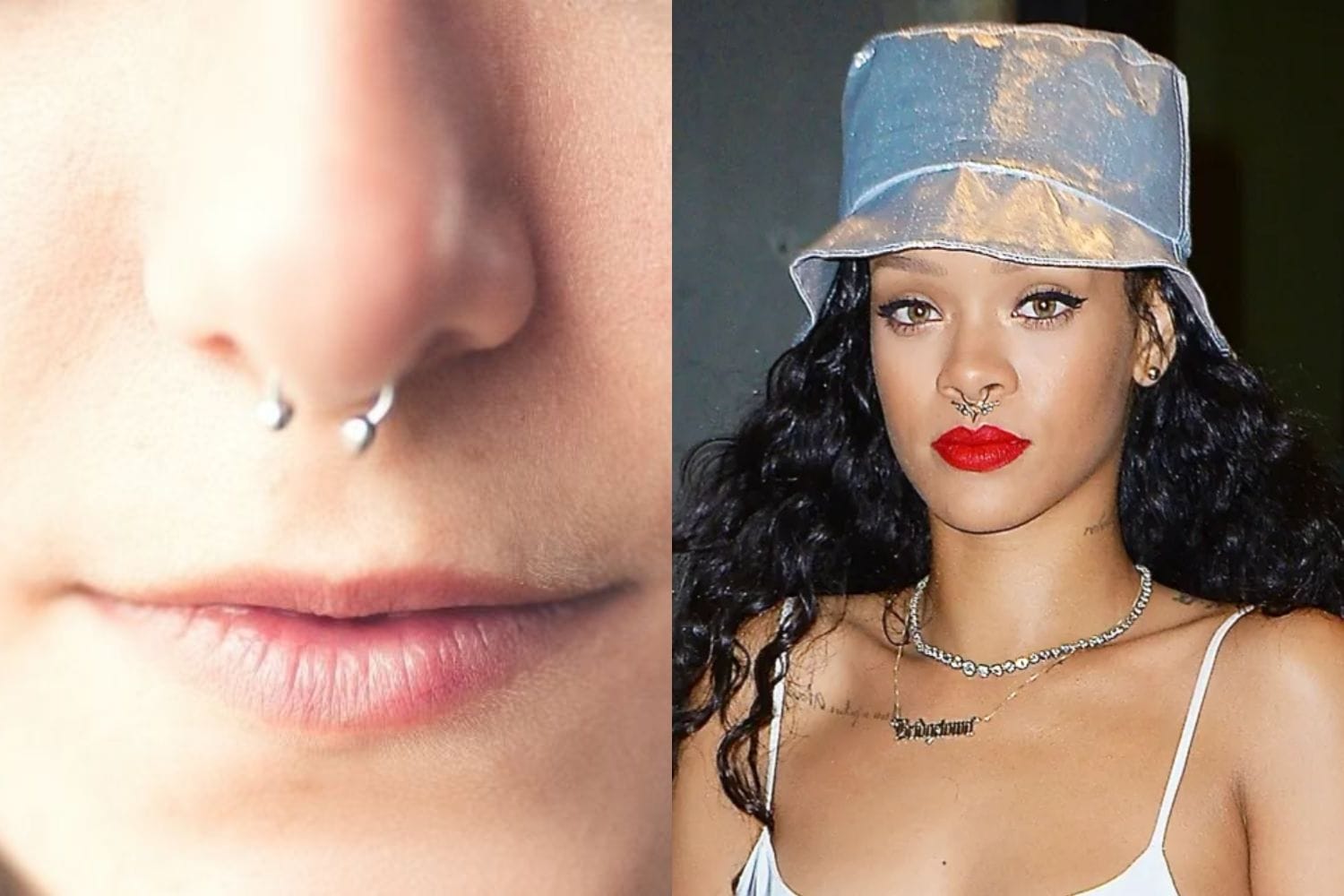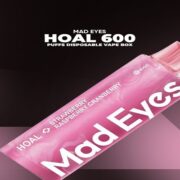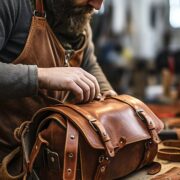
Introduction:
Leather, with its timeless appeal and versatility, has been a staple material in human history for centuries. From clothing to furniture, accessories to upholstery, leather finds its way into numerous aspects of our lives. But did you know that not all leather is created equal? In fact, there are several types of leather, each with its unique characteristics, qualities, and best uses. In this blog, we’ll embark on a journey through the fascinating world of leather, exploring its various types and their distinct traits.
- Full Grain Leather:
At the top of the leather hierarchy sits full grain leather, revered for its premium quality and natural beauty. This type of leather is made from the top layer of the hide, retaining the original grain and imperfections. Its strength and durability make it highly sought after, and with proper care, it only gets better with age, developing a rich patina over time. Full grain leather is commonly used in luxury goods such as high-end bags, belts, and footwear.
- Top Grain Leather:
Just below full grain leather lies top grain leather, which undergoes a slight refinement process to remove imperfections and blemishes. While it retains some of the natural grain, it lacks the originality of full grain leather. Nevertheless, top grain leather boasts excellent durability and a more uniform appearance, making it a popular choice for furniture upholstery, wallets, and briefcases.
- Corrected Grain Leather:
As the name suggests, corrected grain leather undergoes extensive processing to remove imperfections, often including sanding, buffing, and embossing. While this results in a smooth and uniform surface, it sacrifices the natural grain and character of the leather. Corrected grain leather is commonly used in low to mid-range products such as jackets, handbags, and upholstery where a flawless appearance is prioritized over authenticity.
- Split Leather:
Derived from the lower layers of the hide, split leather is more affordable but lacks the strength and durability of full grain or top grain leather. It undergoes further processing and is often coated with synthetic materials to improve its appearance and longevity. Split leather is frequently used in budget-friendly items such as furniture upholstery, shoes, and accessories.
- Bonded Leather:
At the bottom of the leather hierarchy lies bonded leather, which is composed of scraps and fibers bonded together with adhesive. While it may resemble genuine leather at first glance, bonded leather lacks the durability and longevity of its counterparts. It is commonly used in low-cost products such as book covers, wallets, and belts.
Conclusion:
Leather, in all its forms, continues to captivate us with its allure and versatility. Whether it’s the luxurious patina of full grain leather or the affordability of bonded leather, each type has its place in the world of fashion, furniture, and beyond. Understanding the characteristics and qualities of different leather types empowers us to make informed choices when selecting leather goods, ensuring that we not only appreciate their beauty but also their inherent value and craftsmanship. So, the next time you come across a leather product, take a moment to appreciate the craftsmanship and the story behind the leather that makes it truly unique.










